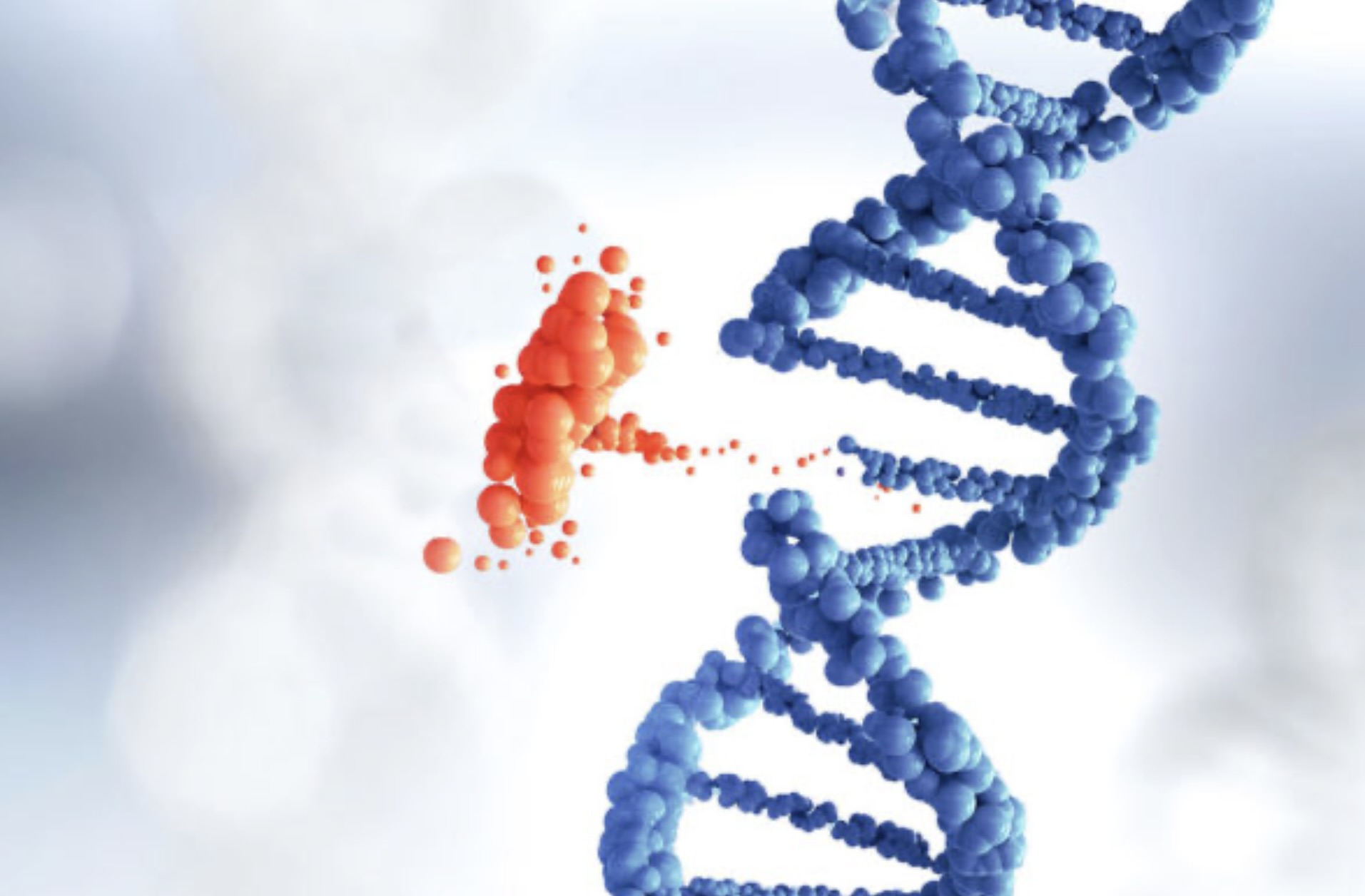Rett Syndrome: Symptoms, Causes, Treatment
What are the symptoms of Rett syndrome?
Rett syndrome is a rare genetic disorder that primarily affects girls. It is typically diagnosed in early childhood, around 6 to 18 months of age, and leads to severe impairments in cognitive, motor, and social functioning. Some common symptoms of Rett syndrome include:
- Loss of purposeful hand skills: Children with Rett syndrome often lose the ability to use their hands to grasp or manipulate objects.
- Loss of spoken language: Children may lose the ability to speak or have reduced speech.
- Movement difficulties: This can include problems with walking, coordination, and balance.
- Hand-wringing or repetitive hand movements: These movements are characteristic of Rett syndrome and are often described as washing or ringing motions.
- Breathing problems: Irregular breathing patterns, including hyperventilation and breath-holding, are common.
- Social and cognitive impairments: Children with Rett syndrome often have difficulty with social interactions and may develop repetitive behaviors.
- Growth delays: Children with Rett syndrome may have slower growth rates than their peers.
It’s important to note that the symptoms of Rett syndrome can vary widely among individuals, and the disorder can range from mild to severe. Early diagnosis and intervention can help manage symptoms and improve quality of life. If you suspect Rett syndrome, you should contact a specialist immediately.
What are the causes of Rett syndrome?
Rett syndrome is primarily caused by mutations in the MECP2 gene, which is located on the X chromosome. This gene provides instructions for making a protein called methyl-CpG-binding protein 2 (MeCP2), which plays a critical role in brain development and function.
Most cases of Rett syndrome are caused by random mutations that occur sporadically and are not inherited from parents. These mutations are usually not present in the parents’ genetic material and occur randomly in the egg or sperm cell that forms the embryo. In these cases, the affected individual is usually the only person in the family with Rett syndrome.
In rare cases, Rett syndrome can be inherited if one of the parents carries a mutation in the MECP2 gene. In these cases, the mutation is usually passed down in an X-linked dominant pattern, which means that a mutation in only one copy of the gene is sufficient to cause the disorder. Because males have only one X chromosome (inherited from their mother), a mutation in the MECP2 gene is often more severe in males and can be fatal in infancy.
Overall, the exact cause of Rett syndrome is not fully understood, and additional research is ongoing to better understand the genetic and environmental factors that may contribute to the development of the disorder.
What is the treatment for Rett syndrome?
Currently, there is no cure for Rett syndrome, so treatment focuses on managing symptoms and providing supportive care to improve the individual’s quality of life. Treatment plans are often multidisciplinary, involving a team of healthcare professionals such as neurologists, developmental pediatricians, physical therapists, occupational therapists, speech therapists, and others. Some common treatments and interventions for Rett syndrome include:
- Physical therapy: This can help improve mobility, coordination, and muscle strength.
- Occupational therapy: Occupational therapists can help develop skills for daily activities such as dressing, feeding, and writing.
- Speech therapy: Speech therapists can help improve communication skills, including speech and the use of alternative communication devices.
- Behavioral therapy: Behavioral interventions can help manage challenging behaviors and improve social skills.
- Medications: While there are no specific medications to treat Rett syndrome itself, medications may be prescribed to manage symptoms such as seizures, breathing irregularities, and movement problems.
- Nutritional support: Some individuals with Rett syndrome may require nutritional support, including a feeding tube, to ensure they receive adequate nutrition.
- Assistive devices: Devices such as braces, splints, and mobility aids can help improve mobility and independence.
- Education and support services: Special education programs and support services can help individuals with Rett syndrome reach their full potential.
Research into potential treatments for Rett syndrome is ongoing, and there is hope that new therapies will be developed in the future. Clinical trials are also underway to test the effectiveness of various treatments and interventions.




